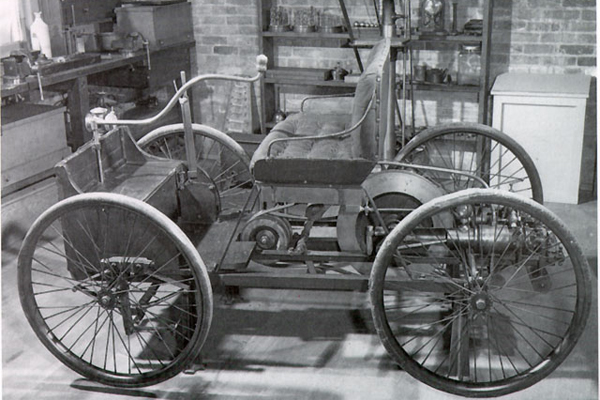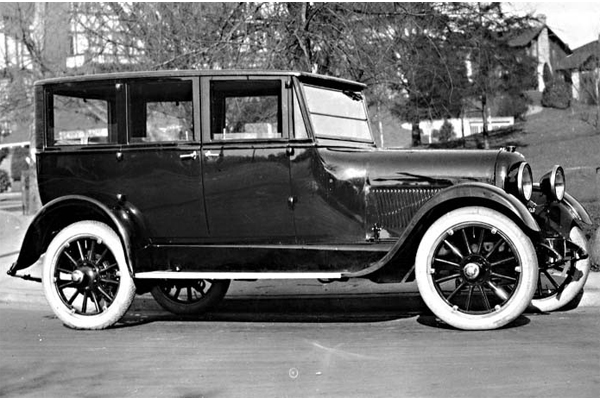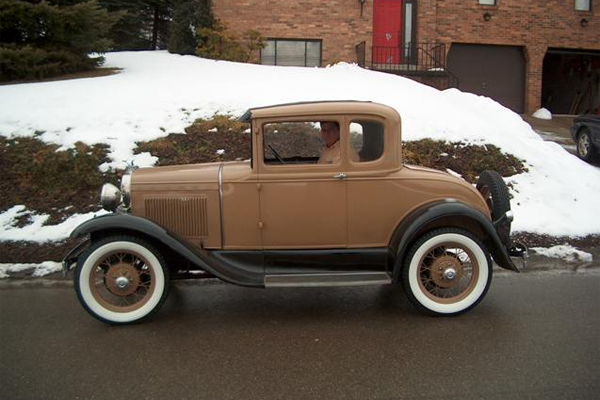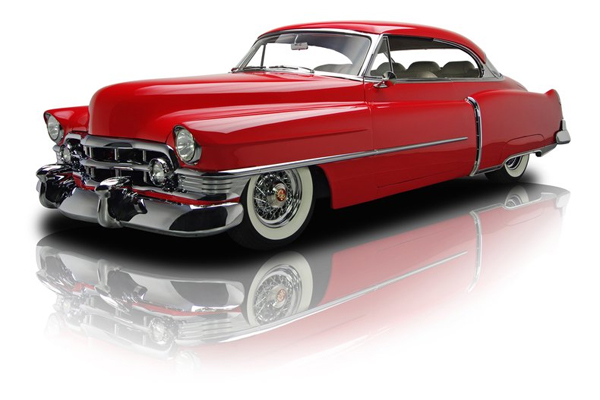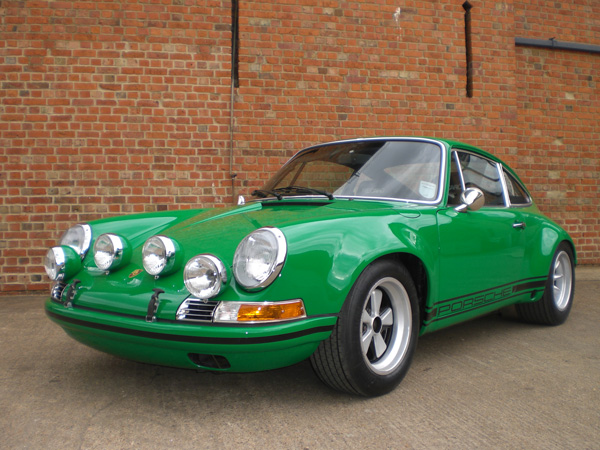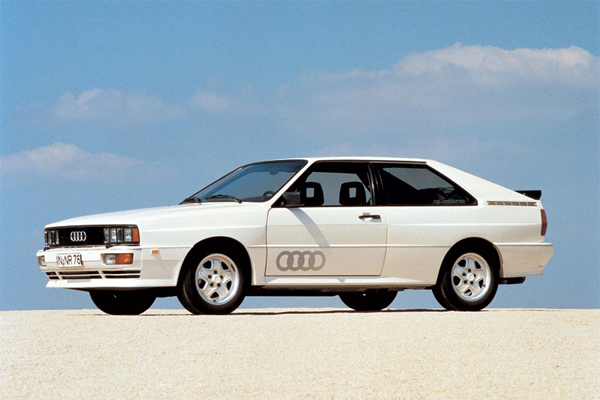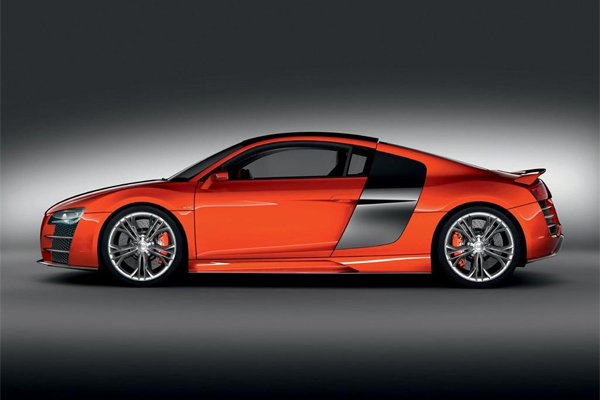A History of Automotive Paintwork
Paint, and in particular, automotive paint, has a long and detailed history. As car manufacturers constantly strive to produce better, shinier, more durable paint coatings, car care product manufacturers invest time and effort in products that help enthusiasts keep the paintwork looking pristine. The following is a potted history of the evolution of automotive paintwork courtesy of Autoglym.
38000 Years BC
The first samples of paint were produced by cavemen using hematite, manganese oxide and charcoal. Red or yellow ochre was used to give the paint colour and it was then used to produce cave drawings, some of which still exist today.
Late 1800’s
The first motor-vehicles were produced. The paint technology on these vehicles was based on the same air-dry varnish systems that were used for wooden furniture and horse-drawn carriages. The paint required tedious brush application of multiple coats and the only colour available was black.
1920’s
DuPont developed nitrocellulose lacquer systems which offered many colour choices and could be applied to the vehicle with a spray gun. However, 3-4 coats of paint were required to give a suitable finish and the lacquers had poor chemical resistance.
1930’s
Alkyd enamels were introduced on many car and truck models. These enamels formed a resistant film on the paintwork through a chemical reaction and they were much easier and quicker to apply. The drawback of this system was the paint oxidised rapidly in sunlight leaving a faded or dull finish.
1950’s
Acrylic lacquers were introduced which offered increased durability and a wide range of bright colours, including metallic.
1970’s
The base coat / clear coat system was introduced. This topcoat paint system was split into a pigmented enamel base coat followed by a clear enamel topcoat. Although very expensive the two layer system had many benefits. It allowed paint formulators to included UV inhibitors to protect the clear coat and pigments in the base coat from oxidation.
1980s – 1990
New laws were enacted that governed the content and application of paints. The amounts of ‘volatile organic compounds’ were reduced and ‘urethane’ and ‘polyurethane’ blends were introduced. Initially, these new paint systems began flaking away and were being damaged by ordinary waxes and polishes; however the paint industry worked furiously and was able to solve most of the problems early in the decade.
21st Century
Today’s paint systems, mostly base coat/clear coats and base coat/tint coats are better than ever. Most modern paint types present extraordinary colours, vivid depth and clarity, dramatically high gloss and remarkable durability if properly maintained.
Autoglym products are used by more than twenty motor manufacturers, including Aston Martin, Jaguar and Morgan, either during their production or as part of their presentation process. Their continuous investment in research and development ensures Autoglym products keep pace with the latest advances in vehicle manufacture. Autoglym products combine ease of use and value for money with performance to the highest standards.
The full range of Autoglym car care products can be found here.
Ultimate Finish has been at the forefront of paintwork protection for over 10 years and supplies car care and car detailing products to discerning enthusiasts in over 80 countries worldwide.
With thanks to Autoglym for their article “A History of Paint”.


